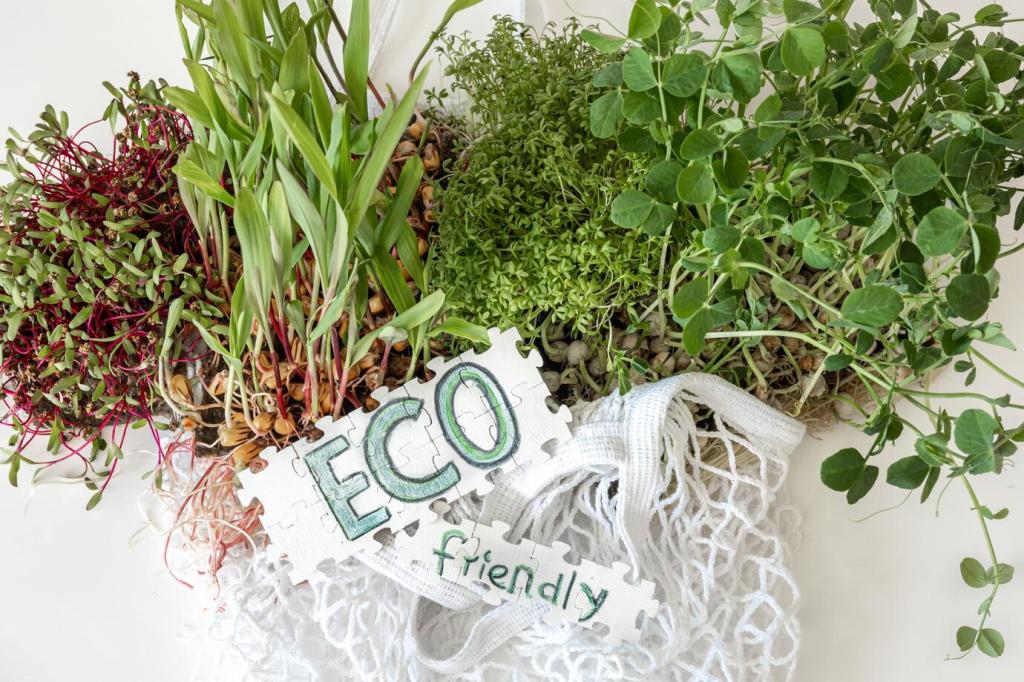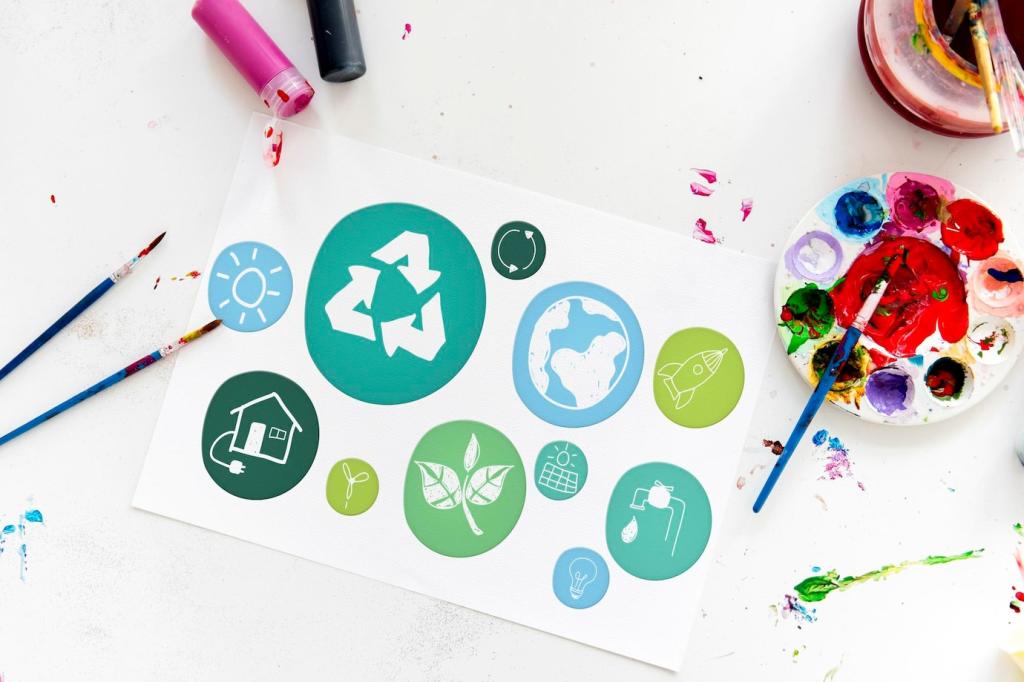Non-Toxic Care for Antique Furniture: Gentle Methods, Lasting Beauty
Chosen theme: Non-Toxic Care for Antique Furniture. Welcome to a calm, practical space where heirloom pieces are cherished without harsh chemicals. Learn friendly, proven techniques that respect history, protect your health, and keep treasured surfaces glowing. Subscribe for weekly non-toxic tips, stories, and conservation wisdom.
Start Here: The Principles of Non-Toxic Conservation
Know the Finish Before You Touch a Cloth
Antique surfaces may be shellac, wax, oil, or old varnish, and each reacts differently to moisture and friction. Observe sheen, smell, and behavior to a discreet breath test. If a soft sheen warms quickly and prints easily, it may be wax. When unsure, pause and ask our community.
Build a Safer, Smarter Care Kit
Stock soft microfiber cloths, a goat-hair dusting brush, distilled water, pH-neutral soap, pure beeswax, carnauba wax, 100% tung oil, and cotton swabs. Avoid strong solvents and aerosol polishes. Keep your kit labeled and minimal to prevent accidental misuse. Share your kit essentials with fellow readers.
Always Patch-Test in a Hidden Spot
Dampen a cotton swab with your chosen solution and test under a drawer or behind a stretcher. Watch for color lift, stickiness, or dulling. Wait several minutes before proceeding. Document results in a care log to guide future maintenance. Comment if you need help interpreting outcomes.
Gentle Cleaning: Dust First, Then the Lightest Touch
Dust Like a Conservator, Not a Janitor
Use a soft goat-hair brush to pull dust out of carvings toward a microfiber cloth, never pushing debris deeper. Work with gravity, top to bottom, and support fragile moldings with your free hand. Slow, patient strokes prevent abrasion and avoid forcing particles into pores or joints.
A pH-Neutral Soap Solution That Respects History
Mix a few drops of pH-neutral soap into a bowl of distilled water. Lightly dampen, never soak, a cloth and wipe with the grain. Immediately follow with a dry cloth. This controlled approach removes skin oils and film while minimizing moisture exposure. Ask questions if your finish is sensitive.
Clearing Musty Odors Without Harsh Deodorizers
Place a dish of baking soda or ground coffee in closed drawers for a few days to absorb smells. Air pieces in shaded, breezy spots, avoiding direct sun. A sachet of dried lavender in a muslin bag adds freshness without synthetic fragrance. Share before-and-after odor stories to inspire others.
Select pure beeswax for warmth and carnauba for added hardness. For oils, pick 100% tung oil or polymerized linseed oil, not “tung oil finish” blends with hidden solvents. Skip olive oil, which can turn sticky and rancid. Post your product labels in the comments for community feedback.
Nourish and Protect: Natural Waxes and Pure Oils
Warm a pea-sized dab of wax between fingers and apply with the grain in whisper-thin layers. Let it haze, then buff softly. For oil, wipe on sparingly, allow penetration, and remove excess within minutes. Multiple light coats beat one heavy coat. Patience preserves clarity and touchable depth.
Nourish and Protect: Natural Waxes and Pure Oils
Small Repairs the Clean Way
Rub the cut face of a fresh walnut along the scratch to darken exposed fibers, then set with a touch of beeswax colored with natural pigment. Buff lightly. This simple trick softens contrast without paint or strong dyes. Share your results and lighting conditions so others can replicate success.
Small Repairs the Clean Way
Hide glue is time-tested, reversible, and low in toxicity when handled properly. Warm gently, wick into loose tenons or dowels, and clamp with protective pads. Its reversibility respects future conservation. If you are unsure about clamping pressure, ask for community advice with photos and measurements.

Environment Matters: Light, Humidity, and Daily Habits
Aim for 45–55% relative humidity and moderate temperatures to prevent splits and veneer lift. Use a small hygrometer near sensitive pieces. Humidify in winter and ventilate in summer. Consistency beats perfection. Share your favorite humidifiers and tips for apartments or historic homes with radiators.


Environment Matters: Light, Humidity, and Daily Habits
UV bleaches finishes and warps thin elements. Filter light with sheer curtains or UV film, and keep pieces a safe distance from radiators and vents. Rotate accessories to even exposure. Post your window solutions and how they affected color retention over seasons.
Textiles, Cane, and Leather the Non-Toxic Way
Lay a soft mesh over upholstery, then vacuum on low with a brush attachment, lifting dust rather than grinding it in. This simple barrier prevents snagging and fiber loss. For cane, use a featherlight brush. Share your favorite mesh materials and any tricks for tufted seats.
Textiles, Cane, and Leather the Non-Toxic Way
For fabric, dab—not rub—with distilled water and a drop of castile soap, then blot dry. Always test for dye fastness first. Avoid enzyme cleaners on silk or wool. If a stain worries you, upload a description and fiber type for community brainstorming before proceeding.
Hardware, Inlays, and the Beauty of Patina
Identify and Respect Original Metal
Before polishing, confirm if hardware is brass, bronze, or iron, and whether it is lacquered. Often, the mellow patina is desirable and historically honest. A light dust and wax may be enough. Post close-up photos for identification help from our knowledgeable readers.


A Gentle Polish That Conservators Love
Make a paste from distilled water and precipitated chalk (calcium carbonate) for mild, controllable cleaning. Apply with cotton swabs, working in tiny circles, then wipe and dry. This avoids aggressive acids. Share your results with inlay borders, where control matters most.
